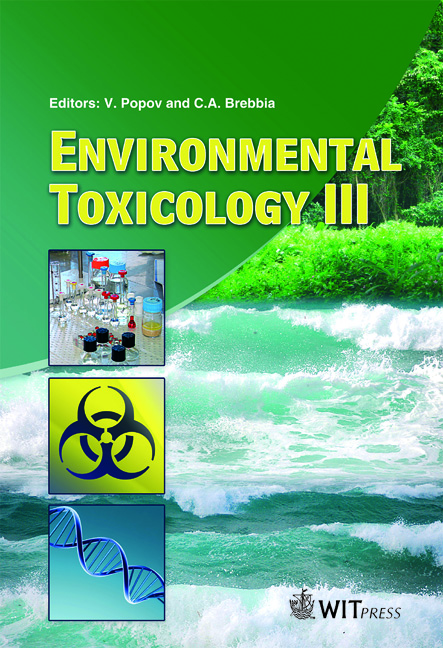Hazardous Substances In The Water, Biota And Sediments Of The North Estonian Coastal Sea
Price
Free (open access)
Transaction
Volume
132
Pages
12
Page Range
79 - 90
Published
2010
Size
618 kb
Paper DOI
10.2495/ETOX100081
Copyright
WIT Press
Author(s)
O. Roots & Ü. Suursaar
Abstract
The paper gives an overview of Estonian experiences with hazardous substances monitoring, as well as some recent results on this kind of monitoring in the aquatic environment, biota and sediments of the heavily industrialized North Estonia. Owing to its specific local conditions, the present list of priority hazardous substances of Estonia includes 1- and 2-basic phenols, heavy metals (Cr, Cu, Ni, Zn) and persistent organic pollutants (HCH, HCB, PCB, DDT, PCDD, PCDF, DL-PCB). The concentrations of hazardous substances in the sea and surface waters are currently low, but elevated concentrations may appear in bottom sediments of river estuaries and in fat tissues of fish. During recent decades the state of the North Estonian environment regarding the hazardous substances has continuously improved due to a decreased pollution load, ban of certain compounds, self-purification processes and sinks. Keywords: priority hazardous substances, POPs, monitoring, bioaccumulation, oil shale, Baltic Sea. 1 Introduction The Action Plan of the Helsinki Commission (HELCOM) to reduce pollution of the Baltic Sea and restore its ecological status by 2020 was approved in November 2007 by representatives of all the nine countries surrounding the Baltic Sea. One of the four main topics, the hazardous substances segment, defines the main goals as follows: to reach the concentrations of hazardous substances close to background levels for naturally occurring substances, close to zero for manmade substances, have all fish become safe to eat and reach pre- Chernobyl levels of radioactivity in the Baltic Sea ecosystem [1].
Keywords
priority hazardous substances, POPs, monitoring, bioaccu0mulation, oil shale, Baltic Sea





